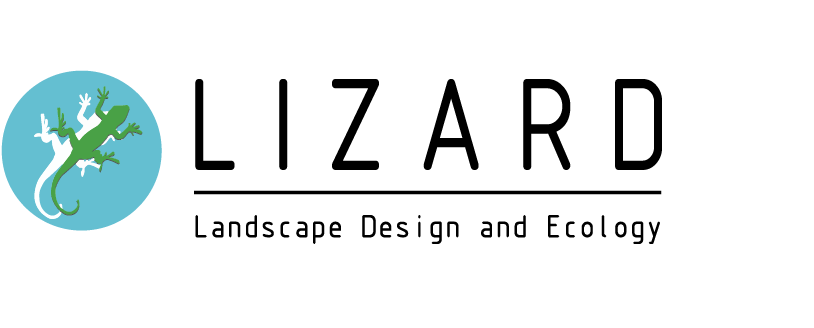The Four Major Concepts Behind Landscape Design
Just as house designs have a variety of concepts that define their characteristics, as do landscape designs. These are a group of principles that determine the harmoniousness of the overall design and each can be used to achieve particular effects.
To help you understand how you’d like your landscape design to look, this guide explains the four major concepts behind landscape design and how they influence the overall look of your landscape.
Transition
Having a smooth transition between different parts of your landscape is important but easily forgotten. This can be done by manipulating factors like colour, form, and texture to gradually move from one style to the other. Unless you’re specifically looking to design a landscape with more obvious contrasts between these factors, generally landscape designers aim for the viewer’s eyes to pass over the landscape seamlessly.
Balance
In the world of landscape design, balance is a comparative term used to denote two different segments of a landscape design. If the central path of your landscape is lined with a particularly thistly hedge like Thuja Plicata, then you may wish to offset this by using Laurel hedging with larger leaves for the perimeter. Likewise, if your landscape design uses an intricately patterned path then you won’t want to surround this with overwhelmingly bold-coloured fauna with lots of textures, and vice versa.
Unity
Unity doesn’t necessarily mean that everything must be uniform, it means that the different elements of your landscape design must compliment one another and be cohesive overall. For example, if you’d like your landscape design to incorporate a central feature then you may want a level of contrast to highlight this.
A good way to do this is to use similar fauna but with different textures. If you’re looking to highlight a fountain, consider adding hedging with alternate shading and texture to offset this feature. Otherwise, the viewer won’t be able to distinguish key features and the whole landscape will blend into one style.
Proportion
Proportion is possibly the most difficult concept of landscape designs. Put simply, proportion is achieved when the size and style of the individual components of a landscape fit harmoniously into the overall design. For instance, has transition been used as a means to gradually move from one style to another, and does this balance with other elements of the landscape design?
Similarly, do the varying colours and textures, while different, offer a sense of unity across the whole landscape design, or are a couple of those colours or textures disproportionate? This concept requires a particularly high level of experience.
At Lizard Landscape Design and Ecology, we specialise in landscape design and offer tailored services for our clients. We have high standards for our projects and we address sustainability and biodiversity as well as aesthetics. If you have any further questions about landscape design, or if you’d like to know about our other services like ecological surveys or public realm design, then don’t hesitate to get in touch by calling 01903 216033 today!

